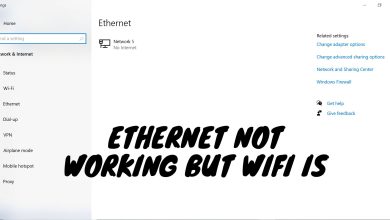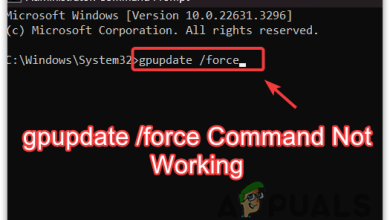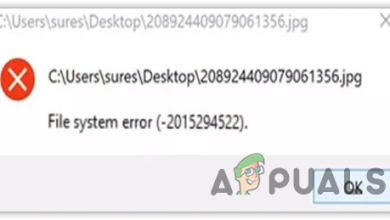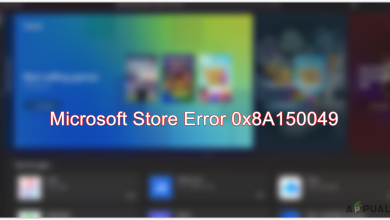Boot Error ‘BlinitializeLibrary failed 0xc00000bb’ [5 Basic Fixes]
Several users are reporting that they are suddenly unable to boot their computer up anymore. They encounter the “blinitializelibrary failed 0xc00000bb” error during the first boot screen, and the computer won’t go past the initial screen no matter what they try. Looking at the error code, the error suggests that the motherboard has recently reset to its default values due to an unexpected BIOS issue.
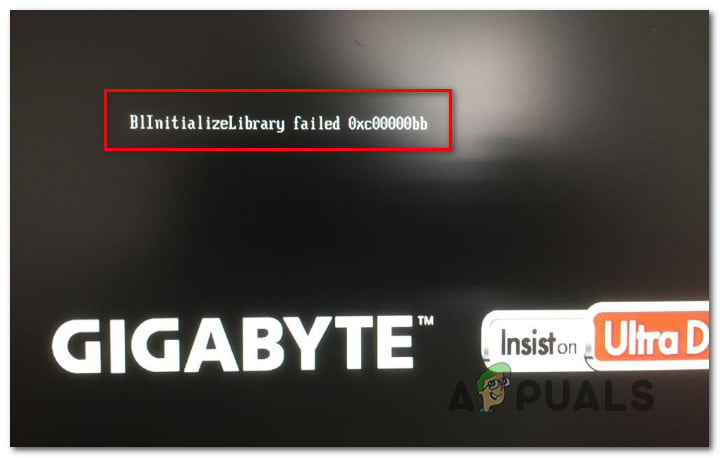
The issue doesn’t seem to be specific to a certain Windows version or manufacturer since it’s reported to occur on Windows 7, Windows 8.1 and Windows 10 with various different PC configurations.
What is causing the Blinitializelibrary failed 0xc00000bb error?
We investigated this particular issue thoroughly by investigating various user reports and the repair strategies that are the most successful in resolving this error message. As it turns out, there are several different potential culprits that might be responsible for the apparition of this issue:
- Secure boot is enabled – Secure boot is an extra layer of protection against malware and rootkits, but it’s known to cause a wide array of other problems, including this particular error. If you’re using a cloned SSD / HDD or overclocked frequencies, expect to see this error during the startup sequence. In this case, the issue should be resolved by disabling Secure boot via BIOS / UEFI settings.
- Booting sequence is corrupted – It’s also possible that the reason you’re encountering the error code at every startup is due to an underlying booting problem. If this scenario is applicable, you should be able to resolve the issue by using Bootrec.exe along with a series of commands capable of fixing the master boot record, the boot configuration data, and the boot sequence.
- Registry key makes Windows forget the booting order – As it turns out, a particular Memory Management Registry key can also be responsible for this particular error. Several affected users have managed to resolve the issue in this case by booting their computer in Safe Mode and using Registry Editor to modify a registry key called ClearPageFileAtShutdown.
- 4G Decoding is disabled – If the issue is encountered on a mining rig and you have two or more powerful GPUs currently connected, chances are the issue is occurring because 4G Decoding (EVGA Support) is disabled from BIOS or UEFI settings. If this scenario is applicable to your current situation, you should be able to resolve the issue by enabling the 4G Decoding feature from BIOS / UEFI settings.
- Underlying System FIle Corruption – Another possibility is that your OS installation is suffering from an underlying file system corruption that cannot be resolved by the Bootrec.exe utility. In this case, your biggest chance of fixing the issue at this point is to perform a repair install.
If you’re currently struggling to resolve the very same error message, this article will provide you with several troubleshooting guides that should fix the problem for you. Down below, you’ll find a collection of potential fixes that other users in a similar situation have successfully used to resolve the “blinitializelibrary failed 0xc00000bb” error.
If you want to remain as efficient as possible, we encourage you to follow the methods below in the order that they are presented until you find that resolve the issue according to the culprit that’s causing the issue. We ordered them by efficiency and difficulty.
Method 1: Disabling Secure Boot
As it turns out, secure boot is often times responsible for this particular issue. This is a feature introduced with Windows 8 that also made it’s a way to Windows 10. Its role is to prevent malware and rootkits from running during the initial boot sequence.
During a Secure Boot sequence, your computer will only boot with the software trusted by OEMs (Original Equipment Manufacturers. But if you’re using cloned SSDs or modified hardware, it can conflict with the booting sequence under certain PC configurations and trigger the “blinitializelibrary failed 0xc00000bb” error. The secure boot feature might regard the differences as a security breach and prevent the computer from booting up normally.
Several affected users have reported that they managed to resolve this issue by disabling secure boot from the BIOS menu of their computer. If you’re encountering the very same issue and you suspect that secure boot might be responsible for this issue, follow the instructions down below to disable the security feature from BIOS settings:
- As soon as your computer starts to boot up, start pressing the Setup key during the initial startup screen. The setup key depends on your motherboard manufacturer, but it should be visible on the initial screen.
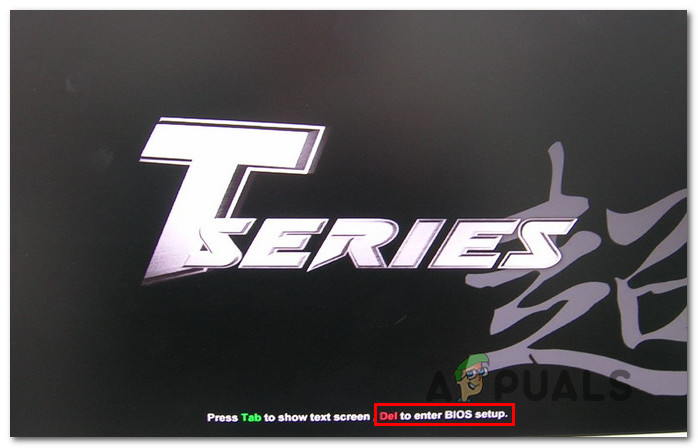
Pressing the Setup key to enter BIOS settings Note: If you can’t see the Setup key (BIOS setup) on the initial screen, search online for “setup key + *motherboard manufacturer*”
- When you’re inside your BIOS settings, make your way to the Security tab and look for a feature called Secure Boot. Once you see it, set it to Disabled.

Disabling Secure Boot Note: Keep in mind that the BIOS menu and the exact location of the secure boot feature will be different across different manufacturers. Expect to find the Secure Boot option under System Configuration, Boot or Authentication – depending on your motherboard manufacturer.
- Once you manage to disable secure boot, save your configuration and exit your BIOS settings. Your computer will then restart.
- At the next boot sequence, see if your computer is now able to complete the process successfully without encountering the “blinitializelibrary failed 0xc00000bb” error.
If the same issue is still occurring, move down to the next method below.
Method 2: Fixing the booting sequence
In most cases, the blinitializelibrary failed 0xc00000bb” error will occur due to an underlying booting problem. In cases like this, the most effective way of resolving the issue is to fix the entire booting sequence by using Bootrec.exe – a built-in Windows utility capable of fixing the master boot record, the boot sequence and the boot configuration data. Any of these items can be responsible for the error that you’re currently dealing with.
IMPORTANT: In order to start the procedure of repairing the booting sequence, you need a valid Windows Installation media for your operating system. If you don’t have at the ready, you can create one by following the steps outlined in these articles:
Note: If you don’t have the installation media and have no means of obtaining it, you can also force the Startup recovery menu to appear by forcing 3 consecutive startup interruptions (turning off the computer during the booting sequence).
Once you’re ready to go, here’s a quick guide on running the Bootrec.exe utility:
- Start by inserting the installation media before the booting sequence begin. Then, press any key when prompted to boot from it. Once you arrive at the initial Windows installation window, click on Repair your computer – bottom right or left corner, depending on your Windows version.
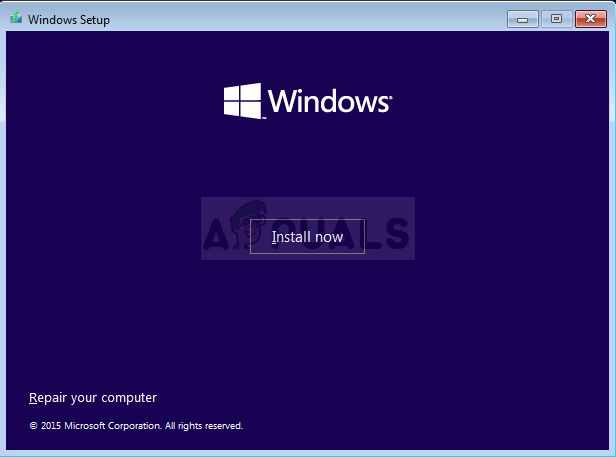
Choose Repair your computer - You’ll be taken directly to the Advanced Options menu. Once you get there, click on Troubleshoot, then select Command Prompt from the list of available items.
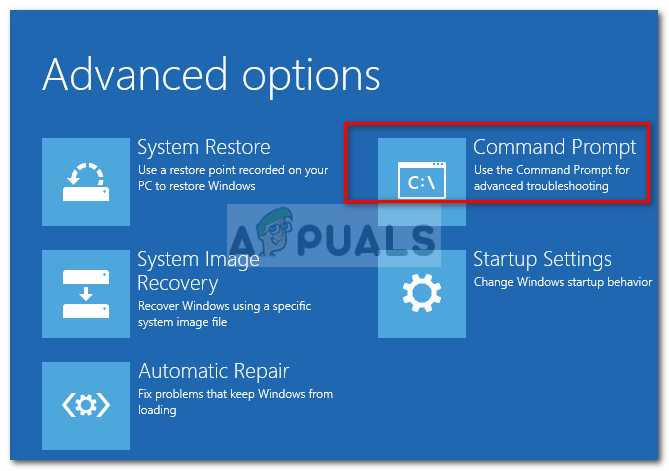
Choosing Command Prompt from Advanced Options - Once the Command Prompt window is opened, type the following command inside and press Enter after each command to rebuild the entire Boot Configuration data:
bootrec.exe bootrec.exe /fixmbr bootrec.exe /fixboot bootrec.exe /scanos bootrec.exe /rebuildbcd
- Once all commands have been successfully completed, all your boot configuration data should be repaired. Test to see if you managed to resolve the issue by restarting your computer and seeing the booting sequence is complete.
If you’re still encountering the same “blinitializelibrary failed 0xc00000bb” error, move down to the next method below.
Method 3: Tweaking Memory Management keys in Safe Mode
As it turns out, this particular issue can also occur in instances where your BIOS ends up forgetting which SSD/HDD is the primary drive. This scenario was discovered by some users that checked the boot order whenever this issue was occurring only to discover that the Windows drive is no longer the first bootable drive.
If this scenario is applicable, you should be able to resolve the issue by deploying a registry tweak to prevent your computer from clearing the Page File at every shutdown. This procedure has been confirmed to be successful on both Windows 7 and Windows 8.
But in order to get as far as to be able to use the Registry Editor in order to resolve the issue, you need to boot your computer up in Safe Mode. Here’s a quick guide on booting your computer up in Safe mode and making the memory management tweak:
- Power your computer on and start pressing the F8 key repeatedly as soon as you see the initial screen to open up the Advanced Boot Options.
- Once you’re inside the Advanced Boot Options menu, use the arrow keys or press the corresponding key (F4) to select Safe Mode.

Press 4 or F4 in order to boot into Safe Mode - Wait until the booting sequence is completed. Once the startup procedure is complete, press Windows key + R to open up a Run dialog box. Next, type “regedit” inside the text box and press Enter to open up Registry Editor.
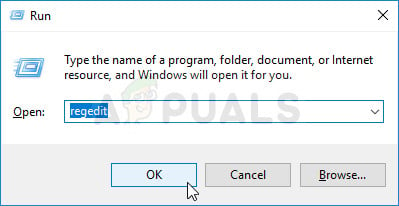
Running the Registry Editor Note: If you’re prompted by the UAC (User Account Control), click Yes to grant administrative privileges.
- Once you’re inside Registry editor, use the left-hand side to navigate to the following location or paste it directly in the navigation bar and press Enter:
Computer\HKEY_LOCAL_MACHINE\SYSTEM\CurrentControlSet\Control\Session Manager\Memory Management
- When you arrive at the correct location, move down to the right-hand pane and double-click on ClearPageFileATShudown. Inside the Edit DWORD (32-bit) value window of ClearPageFileAtShutdown, set the Base to Hexadecimal and the Value data to 1 and click Ok to save the changes.

Setting the value data of ClearPageFileAtShutdown to 1 - Once this change has been made, restart your computer and see if the normal startup sequence is successful at the next attempt. If it is, follow steps 3 to 5 once again, but this time set the ClearPageFileAtShutdown back to 0 and save the changes.
If this method didn’t fix the blinitializelibrary failed 0xc00000bb” error or this method wasn’t applicable to your particular scenario, move down to the next method below.
Method 4: Enabling Above 4G Decoding
If you’re using your PC rig for mining purposes and are using 2 or more GPU cards, chances are you’re encountering the ‘bl initialize library failed 0xc0000bb‘ error because 4G decoding is not enabled on your motherboard BIOS or UEFI settings.
Several affected users who were also mining cryptocurrencies have reported that the issue was resolved after they enabled 4G decoding or Above 4G Decoding. Of course, the exact location of this option is highly dependable on your motherboard manufacturer, but typically you can find it inside the Peripherals tab.
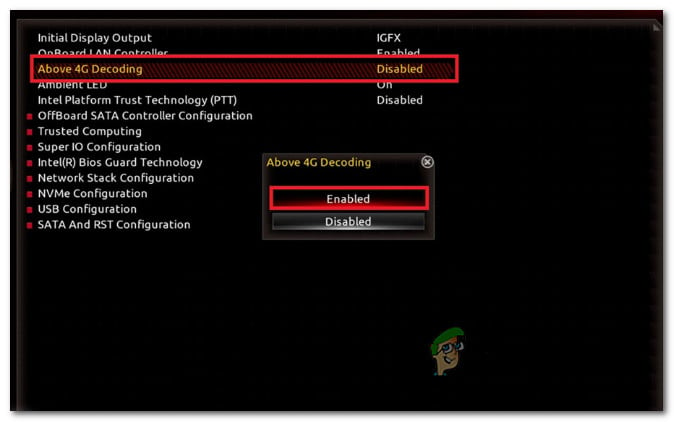
NOTE: On EVGA motherboards, this feature is called EVGA Support instead of 4G support.
If this method wasn’t applicable to your particular scenario, move down to the next method below.
Method 5: Performing a repair install
As several affected users have reported, this issue can also occur due to a failing HDD or SSD drive. If none of the methods above have helped you to resolve the issue, it’s likely that you’re actually dealing with a storage issue.
Since you can’t really boot in order to make the necessary verifications to confirm that you’re actually dealing with a failing drive, the only way to do it is to perform a repair install. This procedure will replace any Windows component, eliminating the possibility of a system file corruption. If you’re still encountering this issue even after ensuring that your Windows files aren’t corrupted, you can safely confirm that your SSD is failing.
And keep in mind that this procedure will not make you lose any personal data (media, applications, games and personal files) as a clean install would. A repair install will simply refresh the Windows components and nothing else.
If you want to go for a repair install, you can follow this step by step guide (here).
